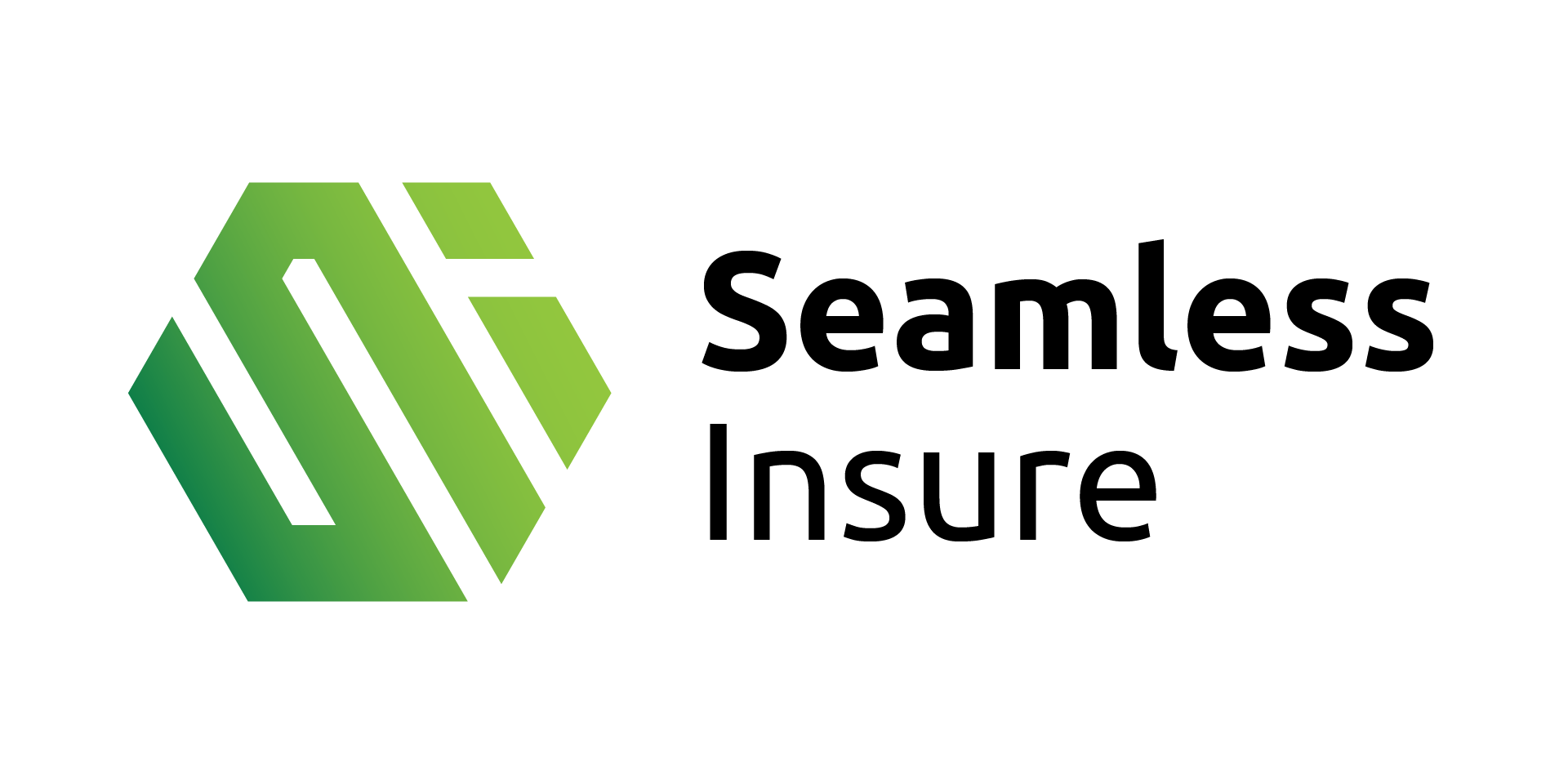
Why is “everybody” moving to SaaS, even in Finance?
When I started my studies in Tromsø in 1980, the University had just recently purchased a mainframe computer from Control Data in California. It was very big and very expensive. As a student, we had access via terminals, and we learned to develop programs for several purposes. In the forward-pointing, first object-oriented programming language called Simula (Nygaard & Dahl), we would be designing procedures for specific tasks that could be operated by the user, running certain commands and attributes. Each class would contain a set of information, and we learned to order and classify information into a useful structure (Data Model). These basic elements were later scaled up into databases and servers, SOA and GUI, integrations and APIs, security and access, compliance, apps, and portals, and the IT department has been growing steadily. When I bought my first personal computer, a 1987 Atari, it didn’t even have a hard disk, so I had to upload the programs from 1.44 MB floppy disks. (One picture on my iPhone 12 is 3.1 MB.) During all these years I have experienced endless challenges and troubles with IT components and software, not always functioning the way I want. The traditional solutions require large up-front investments, and all the different puzzle chips will be needing strict coordination of all the different providers. The operating system is from one vendor, servers come from the other, operated by the third, including software from several vendors. Whenever an upgrade is called for, or even minor enhancements are needed, the costs are piling.
Software As A Service – Full Circle
During the last years, we are witnessing a full circle back to the terminal, now called Software-as-a-Service (SaaS) and thin clients. The package is full stack with software and storage, data security, access administration and any other aspects of administrating the services. All the buzz words running through the halls are replaced by strengthened customer orientation and service innovating, and the IT-resources are flipping from administrating the systems to developing better customer experiences.
Advantages of SaaS
Cheaper: SaaS is often offered with a monthly fee, leveled from the actual use of the services. The solutions are easy to use and configure, so the implementation period is significantly reduced. Security: As the insurance company may trust in the SaaS-provider taking care of all the interacting elements in the services, the risk of error will be reduced. The services are stable, and response times are at a minimum. I have experienced a two-week shut down of critical functions, while two vendors were pointing the finger at each other, on responsibility. In the end they were forced to speak to each other, and they found a communication failure, due to a server operating program update. Finally, we could get back to work on the systems we had been paying for in the meantime. Better solutions: As the number of SaaS-adopters are increasing, more and more are contributing on developing the services. The basic platform building blocks are evolving too, enhancing all the services in the ecosystem, for the benefit of all the users. Both Amazon and Microsoft are taking lead positions, with AWS and Azure, offering their enormous development teams. Flexibility: A SaaS-subscription may be alternated according to what is required, and you may add or subtract services, or scaling up and down the use of resources. Onboarding another user is easy, as changing admissions and authorizations.
Products and Processes
The best SaaS-offerings enable launching of new products and services at a high rate, and the processes may easily be changed. This is a far better framework, facing the overall need of adaption to the growing demands towards an insurance company. Some examples Salesforce was the first mover amongst the big service providers, going into “the cloud”, and they have a tremendous success. Many of us has been sitting for hours, enhancing photos, using Adobe Photoshop. We have been coworking with others on Microsoft Office and Google Docs, sharing the results on Dropbox or OneDrive. We are solving a problem with a new gadget, picking up useful tips from a tutorial on YouTube. In the afternoon we are listening to our favorites on Spotify and in the evening, we are enjoying the latest Netflix movie. These services are omnichannel, as you may change from the TV to the smartphone, seamless. Look and feel will always fit the screen, and the services are improving regularly. Suggestions from the users are welcome, and some give access to beta versions presenting all the forthcoming improvements, and the pilot users will sort out any fault or error before the rest of us are given access. Technical dept I have heard many stories about insurance companies having collected legacy systems during the years, and one had 13 of them. This may come from an ordinary system change project, discovering that they still had to run some policies or claims further on the old one, because the migration stranded or cost too much. This problem often descend from mergers & acquisitions. What seemed to be a good idea at the time, has been piling up to a consuming and troubling post in the budget. And having 13 of those? Observing the massive alternations in the world surrounding us, and increasing expectations from the customers, we may realize that the complexity in the legacy systems has been transforming from being the proud sparkling diamond in the company, to the Achilles heel. RegTech This new buzz word is illustrating that government regulations may often come with a cost, and especially if the systems are of the old school type. A few years ago, the Norwegian collecting of the annual transporting-system tax were to be transferred from the taxation authorities to the insurance companies, along with a minor fee. I was told that one of the minor companies paid 30 million NOKs for the necessary changes that had to be made in the systems, making this happen. As the GDPR deadline where crossed, all the European companies had spent vast amounts to be compliant, and still counting, I guess. Fight or flee My experience is that everybody in the industry is talking about adaption and the ability to change fast, and we can witness a lot of appealing products and services, and yesterday’s cutting edge is basics today. We are spotting newcomers in Finance jumping straight on to the latest cloud solutions, and they are up to speed in no time. When the biggest companies combine customer data, employee’s knowledge, monetary powers together with the sharpest partners, the customers may rejoice!







